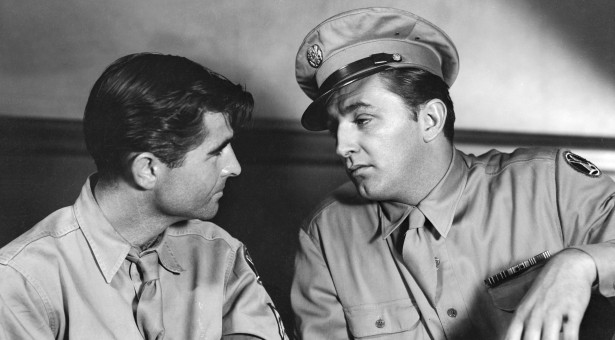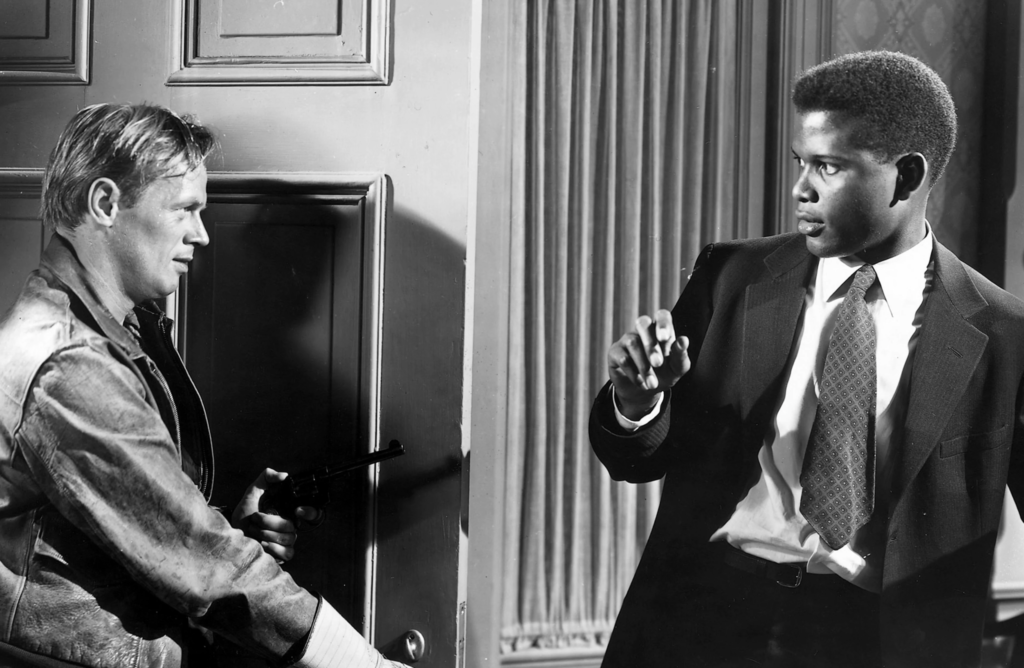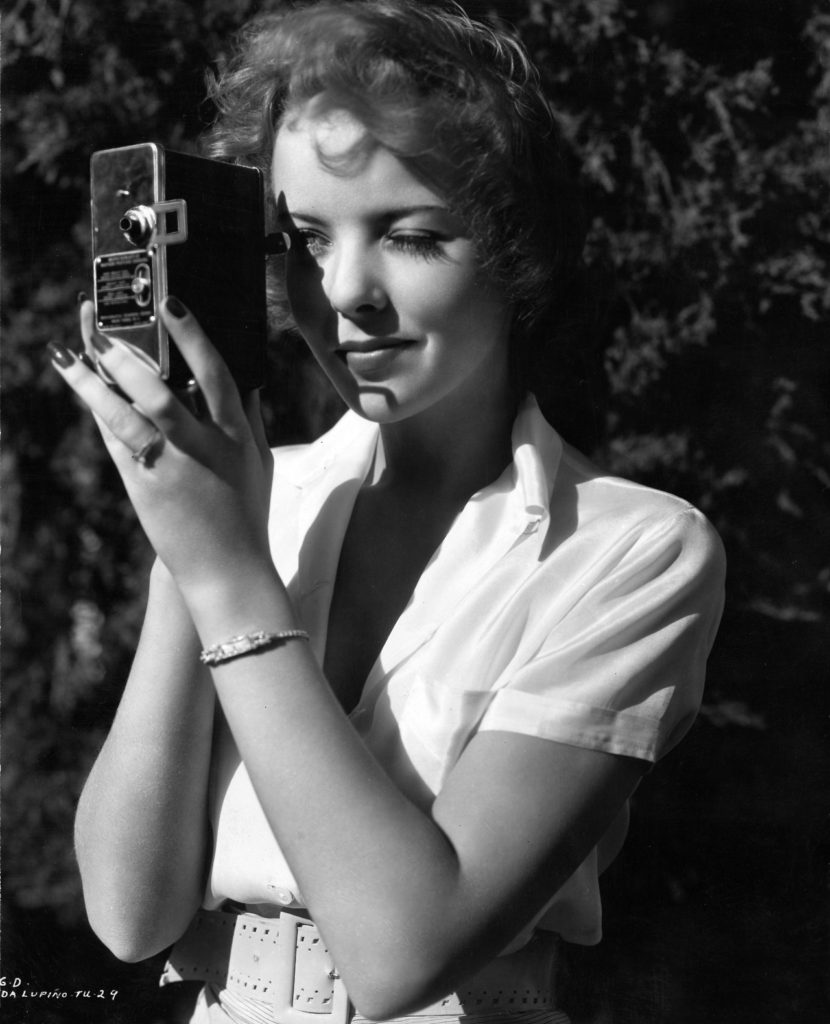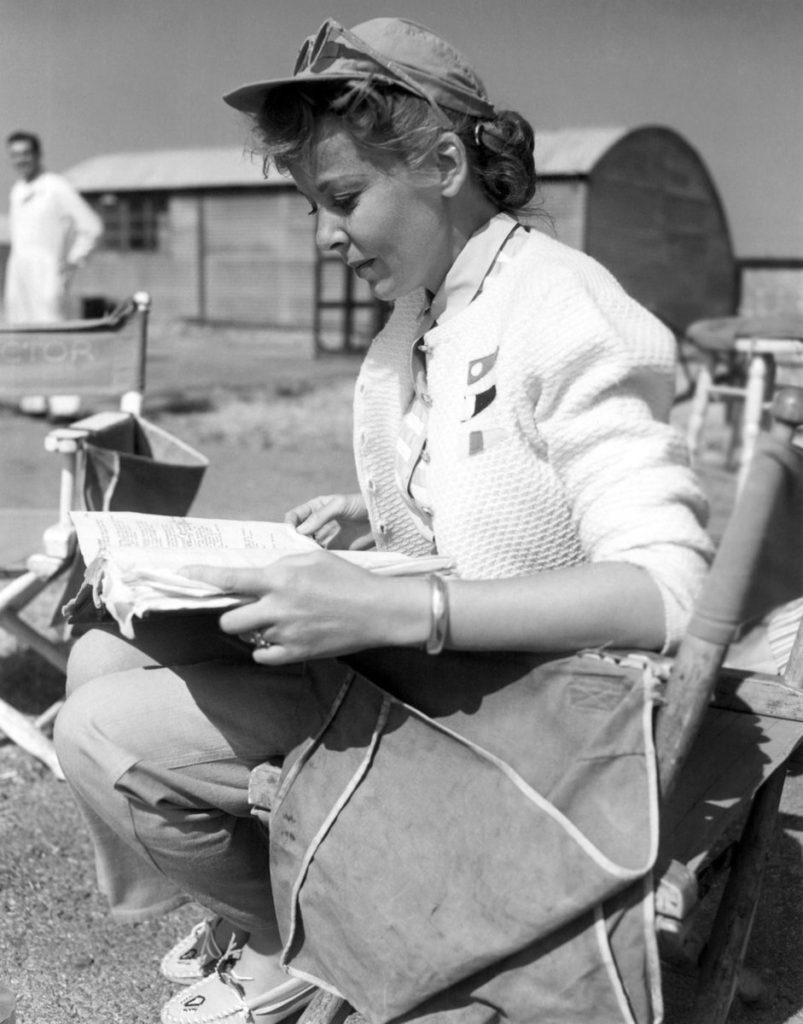Noir Film Festival is moving to the Český Šternberk castle. It will deal with the issues of prejudice and memory loss, and it will also focus on Bollywood films.

This year, the traditional showcase of films noir will move to a new venue. After the first year at the Kokořín castle and 7 years at the Křivoklát castle, the home of the Noir Film Festival since 2014, this unique event will move to the Český Šternberk castle and will take place from 18 to 22 August 2021.
“With a new venue, we decided to adjust the screening times as well. Starting on Wednesday, we will add one extra day to the program. The visitors can enjoy four open-air evening screenings at the courtyard, which are traditionally the program highlights,” says the festival director Vít Grigartzik.
Noir Without Prejudice
The main program section of the 9th Noir Film Festival is Noir Without Prejudice. It will present a collection of films intertwined with motives of racial hatred, xenophobia and anti-Semitism. “The burning issue of racial and ethnic animosity, which sprung up after last year’s controversial and spotlighted events connected with the Black Lives Matter movement and which proved to be still relevant nowadays, had begun to rear its head in mainstream Hollywood films after WWII,” says dramaturge Jana Bébarová and adds: “Our film selection from the turn of the 1950s wants to show that in order to become a pariah in noir stories, one did not necessarily have to be a criminal or a victim of amour fou, it was enough just to be ‘different‘”.
The five films in this section are Crossfire (1947), one of the first Hollywood films to tackle the issue of anti-Semitism, starring film noir icons Robert Mitchum and Robert Ryan. No Way Out (1950), directed by the renowned Oscar-winning screenwriter and director Joseph L. Mankiewicz, is an example of a film visiting the topic of racial hatred through African-American characters (this film was a debut of Sidney Poitier). The story of corruption, lynching and Ku Klux Klan’s activities, Storm Warning (1951), shows young Ronald Reagan, the future U.S. president. The selection is completed with socially charged and timeless films The Lawless (1950) and The Well (1951) portraying the tense atmosphere of America’s small towns whose seemingly orderly citizens, when enraged with a racially motivated hatred, turn into a fanaticized mob.
Amnesiac Noir
Another program section, Amnesiac Noir, will show protagonists turned into pariahs by their experience in war. “It tells stories of disoriented veterans with amnesia which shatters their identity and personal values. Men with no return address, in a battle against the world as well as themselves, burrowing deep in a swamp of their own self-doubt,” comments the dramaturge Jana Bébarová. The selection includes Somewhere in the Night (1946), the Chandler-like knotted story of a man without a past, starring the charismatic John Hodiak, or a film noir set in a psychiatric ward, High Wall (1947), starring Robert Taylor and his piercing gaze.
Tribute to Bette Davis and Victor Mature
This year, we are paying our traditional tribute to the silver screen icons to Bette Davis (1908–1989) and Victor Mature (1913–1999). “Bette Davis is known for playing wicked, sarcastic, and more often than not narcissistic women that spit venom and throw around death stares,” says Jana Bébarová and adds: “The opposite is true for her colleague, Victor Mature, whom the newspapers of his time glorified as a “beautiful hunk of man”. He serves as a wonderful example of the fact that being fiercely attractive can have its downsides and be rather limiting.” Being tall, athletic and having a chiseled face with a charismatic look, Mature was automatically put into the “hero” box by Hollywood. He would play strong braves in adventure movies and epic spectacles and later tried to get rid of the stereotypical label and prove his talent in more serious roles in films noir, such as I Wake Up Screaming (1941), which will be screened this year. Bette Davis will be paid tribute in the film noir Beyond the Forest (1949).
Ida Lupino’s Retrospective
The actress Ida Lupino (1914–1995), labeled as “the Bette Davis for the poor” in Hollywood, was the embodiment of a strong-willed and emancipated woman, which was further supported by her bold move to establish The Filmakers Production Company with her husband Collier Young in the late 40s. At the Český Šternberk castle, we will screen selected low-budget films directed by Lupino and produced by her company. The Bigamist (1953) tells the story of a man leading a double life with two wives, Not Wanted (1949) reflects on an existential burden of a single mother, while Never Fear (1949) portrays an identity crisis of a paralyzed professional dancer, and Hard, Fast and Beautiful (1951) uncovers a stay-at-home mom’s frustration with her own dreams as she vicariously lives through her daughter and parasitizes on her career of a professional tennis player. The fifth film of the selection is The Hitch-Hiker (1953), possibly the only classic film noir directed by a woman, oddly starring no strong female character.
Bollywood Noir
The Noir Film Festival in August will take its visitors on the most exotic noir excursion so far. After Japan, Mexico and several European countries, we will take a trip to India. “One would not make the connection between the Indian cinema – deeply intertwined with music and dance – and the film noir poetics. In fact, classical-era Bollywood films number a wide variety of genres, and those from the 50s and 60s, which made it to our selection, display obvious signs of criminal, gothic or horror elements,” explains Milan Hain, the second member of the dramaturgy duo of the Noir Film Festival.
The strongest connections with the Western concept of film noir is probably present in the oldest film of this section, Guru Dutt’s directional debut Baazi (1951), set in casinos, clubs and shanty neighborhoods. C.I.D. (1956) is another film from Guru Dutt’s production and tells the story of a police inspector suspected of murder. The last two films in the selection are closely related to the Gothic Cinema and filled with supernatural elements: Madhumati (1958) features reincarnation, whereas Kohraa (1964) shows a restless spirit from the beyond. The latter is also noteworthy as a piece loosely adapted from Daphne du Maurier’s novel Rebecca (1938), which was previously successfully adapted in 1940 by Alfred Hitchcock (screened at the 2019 Noir Film Festival).
The detailed program will be released on 23 June. From that date onward, you can book and purchase individual tickets for all screenings. The standard festival passes will be available from 26 May, and their price will be the same as last year.
For further information, visit the festival website and social media accounts:
Web: https://www.noirfilmfestival.cz/en/
Facebook: https://www.facebook.com/noirfilmfestival/
Twitter: https://twitter.com/NoirFilmFest
Instagram: https://www.instagram.com/noirfilmfestival/










